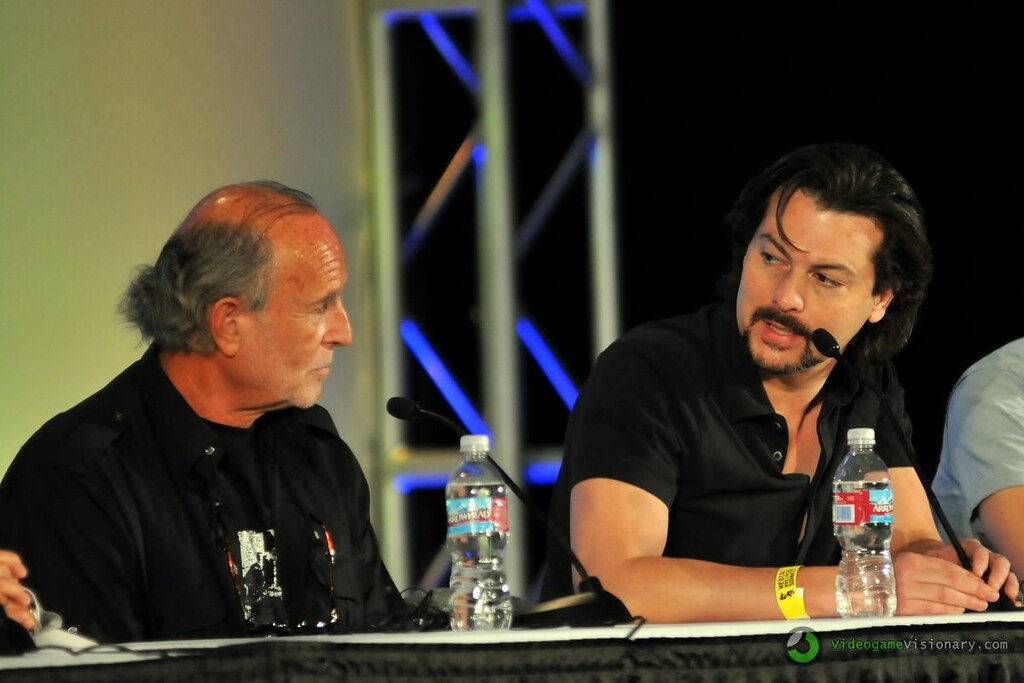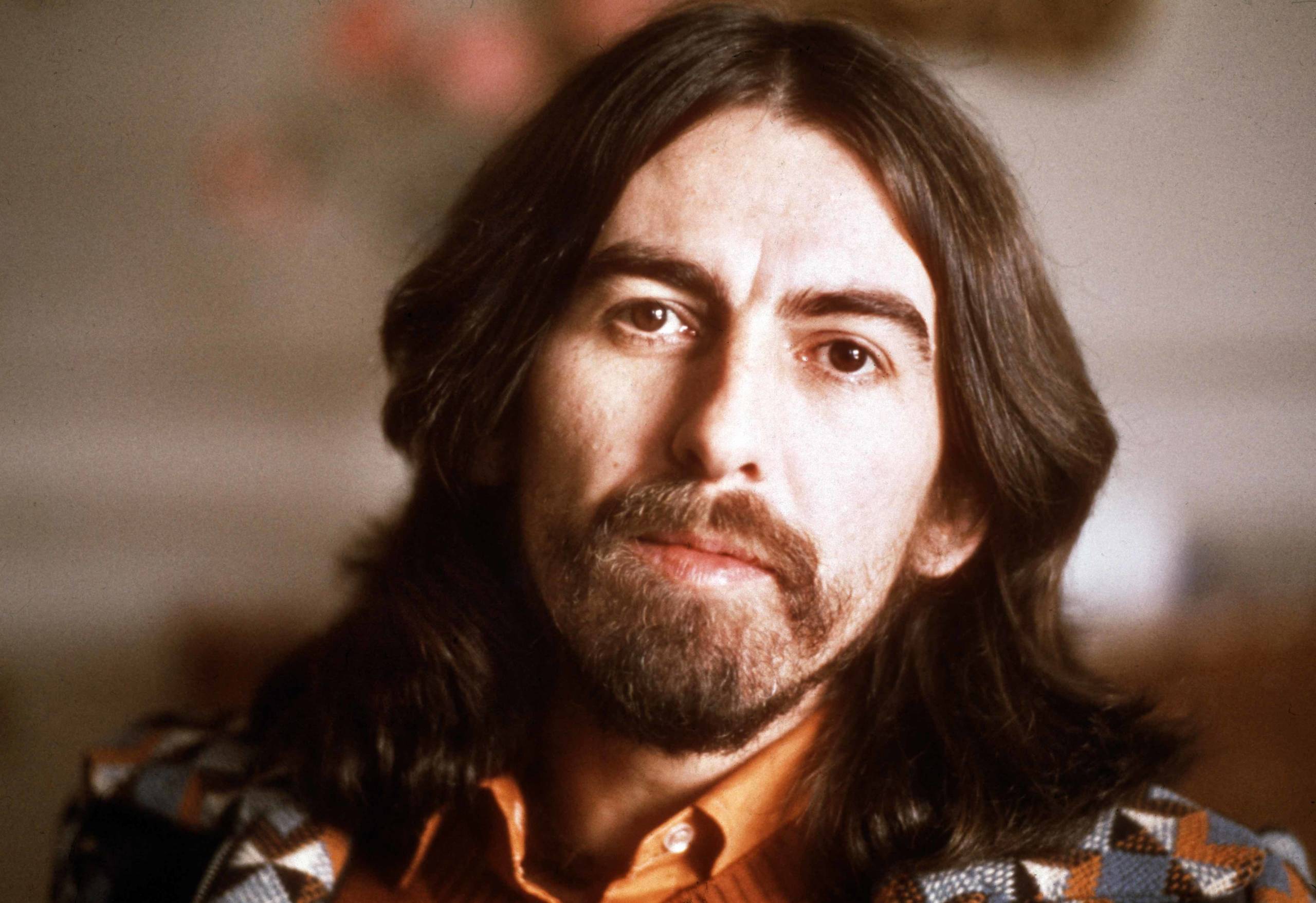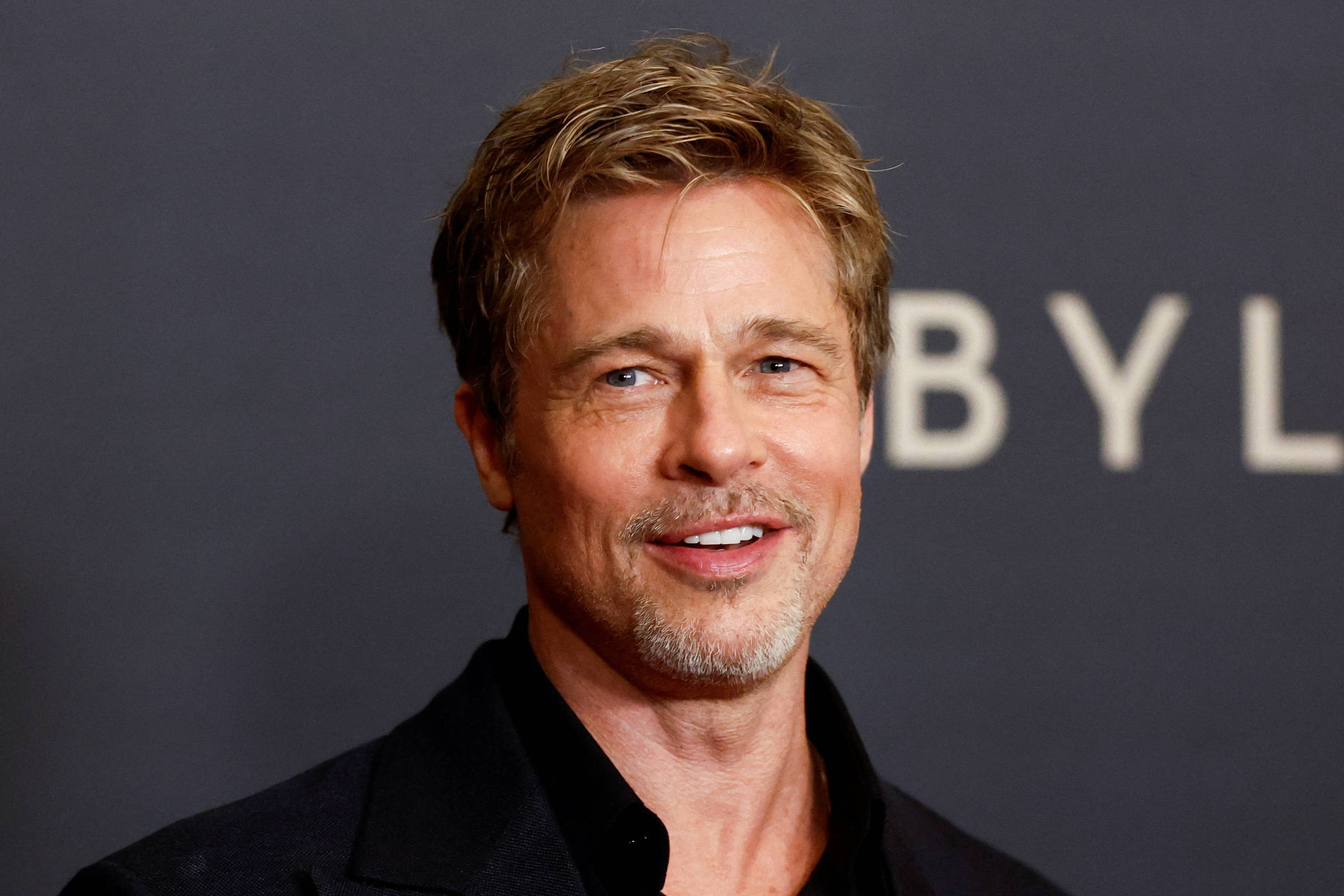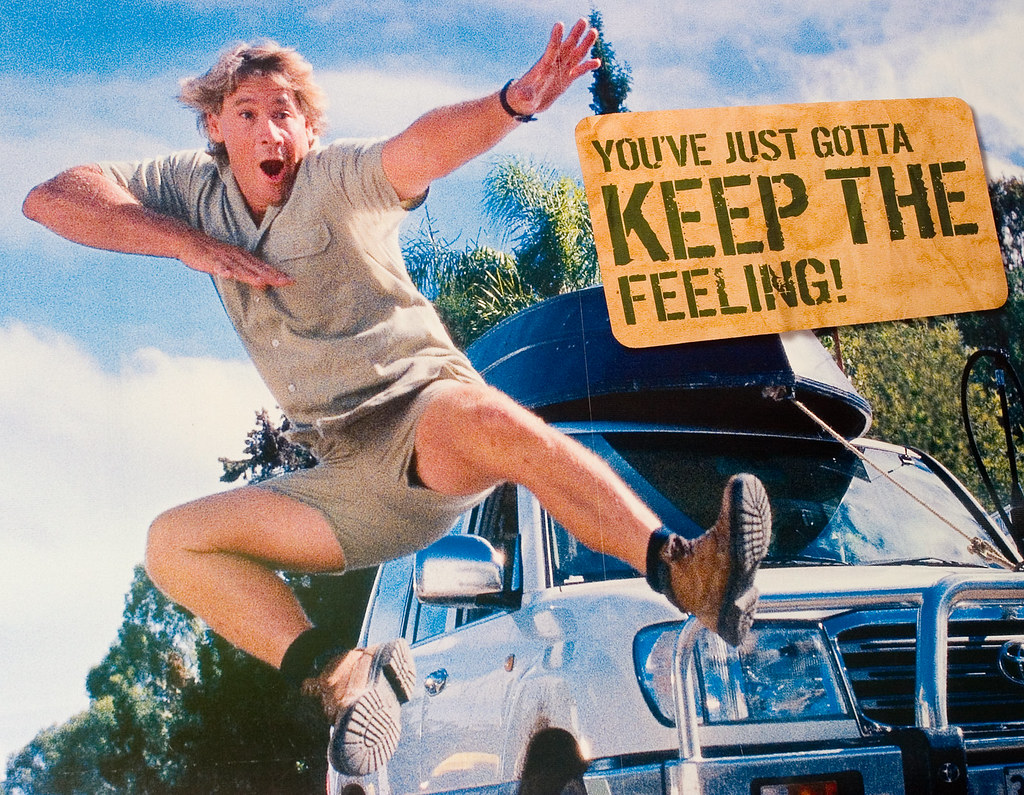
We’ve all been there, utterly lost in a movie, convinced by every punch, every fall, and every agonized scream. But what if we told you that sometimes, those raw, visceral moments weren’t just brilliant acting? What if the pain you saw flickering across an actor’s face, the limp in their stride, or the blood on their hands was, in fact, absolutely, genuinely real?
It sounds wild, right? In the meticulously crafted world of cinema, where every frame is planned and every emotion rehearsed, there are these incredible, unscripted collisions of reality and fiction. These are the moments when a performer’s true physical agony or an unexpected injury becomes part of the narrative, creating a layer of authenticity that no amount of special effects or dramatic coaching could ever replicate. It’s a testament to dedication, resilience, and sometimes, just plain bad luck.
Today, we’re diving deep into some of the most unforgettable action moments where actors pushed beyond the script, often enduring genuine pain or incorporating real injuries, to deliver performances that resonate with an almost unbearable truth. Get ready to see how the line between fiction and reality often blurs, turning accidental misfortunes into iconic cinematic gold. You might just wince a little at some of these, because, well, the pain was genuine.

1. **Harrison Ford, Raiders Of The Lost Ark (1981)**Indiana Jones: the name itself conjures images of daring escapes, whip-cracking action, and battling villains in exotic locales. But even a hero like Indy, and the legendary actor who brought him to life, Harrison Ford, wasn’t immune to the less glamorous realities of filmmaking. During the iconic Cairo marketplace scene, Ford was battling something far more insidious than a Nazi agent: dysentery. This was no mere stomachache; it was a debilitating illness that tested his endurance to the limit.
The original vision for the scene involved an elaborate, high-octane sword fight between Indiana Jones and a formidable swordsman. Imagine the choreography, the intricate moves, the clash of steel – a classic action movie staple. However, the severe gastrointestinal distress Ford was experiencing made such a demanding sequence virtually impossible. He was in no condition for a prolonged physical confrontation that required agility and stamina.
Faced with the challenge of shooting a pivotal scene while the star was genuinely unwell, Ford himself came up with an ingenious solution. Instead of staging the elaborate swordfight, he simply suggested, “Why don’t I just shoot the son of a b****?” This blunt, efficient, and utterly Indiana Jones-esque idea was a direct outcome of his real-life pain and discomfort. It was a pragmatic decision born of necessity, but one that would become legendary.
The unscripted change became cinematic gold. The moment when Indy, looking utterly fed up, pulls out his revolver and dispatches the swordsman with a single shot is not only hilarious but also perfectly encapsulates the character’s pragmatic, no-nonsense attitude. As the context aptly notes, “Sometimes, a gastrointestinal disaster writes better scenes than any choreographer. That bullet hit comedic timing dead-on.” It’s a prime example of real-life adversity unexpectedly enhancing a film.
Read more about: Get Ready to Rewind: These 12 ’80s Icons Dominated Action and the Box Office Like No Other!
2. **Tom Hardy, Mad Max: Fury Road (2015)**Mad Max: Fury Road is a masterclass in post-apocalyptic chaos, a relentless, gritty ballet of destruction and survival. Tom Hardy stepped into the shoes of Max Rockatansky, embodying the character’s battered resilience and tormented past. The film demanded an incredible physical performance, and Hardy delivered, often enduring genuine physical challenges that became integral to his portrayal. One such instance involved a very real injury to his hand.
During the intense filming, in a world where everything is broken and repurposed, Hardy “busted his mitt.” This was a genuine hand injury sustained amidst the brutal, practical effects-heavy production. In many productions, such an injury might lead to a pause, a rewrite, or a clever way to hide the damage. But in the spirit of Mad Max’s desolate, resourceful world, the production team decided to do something far more innovative and authentic.
Rather than attempting to conceal the damage, the prop designers rose to the challenge. They created Max’s now-iconic hand brace, a functional and aesthetically fitting piece of equipment that directly addressed Hardy’s injury. This wasn’t just a random prop; it was born out of a real-life accident, a tangible consequence of the physical demands of the role. It became a distinctive element of Max’s character design.
The embrace of this injury added another layer of broken beauty to the film. The brace didn’t just hide a wound; it visually mirrored the world’s own fragmented existence and Max’s enduring struggle. It was evidence that “even pain can be post-apocalyptic chic,” integrating Hardy’s genuine discomfort into the very fabric of the character’s appearance and narrative, making Max feel even more authentic and lived-in.
Read more about: Beyond the Hype: 14 Acclaimed Films That Stirred Up Such Outrage, We’re Still Debating Their Boycotts.

3. **Keanu Reeves, John Wick: Chapter 3 – Parabellum (2019)**Keanu Reeves as John Wick is synonymous with unparalleled dedication to action. His commitment to performing his own stunts, mastering intricate fight choreography, and bringing an almost balletic intensity to every movement is legendary. But even for an actor of Reeves’ caliber, real-life injuries can happen, and in the world of John Wick, they’re often just another layer of authenticity. One particular knife scene in “John Wick: Chapter 3 – Parabellum” saw Reeves experience genuine pain.
During the filming of a particularly intense fight sequence, Keanu suffered a deep cut on his hand. This wasn’t a superficial scratch or a planned effect; it was a genuine, painful injury. For many, a cut of that nature might warrant a break in filming, medical attention, and a reshoot. However, Reeves, known for his incredible professionalism and immersive performances, chose a different path.
Remarkably, he powered through the take, continuing the scene despite the deep wound. The camera kept rolling, capturing every nuance of the fight, with the unscripted injury becoming a part of the unfolding action. This decision speaks volumes about his commitment to the role and the raw energy that defines the John Wick franchise. The footage, complete with the real injury, stayed in the final cut.
As the context vividly describes, “Every twitch of his injury felt authentic. No CGI. Just blood, grit, and pure Baba Yaga energy.” This wasn’t about faking pain; it was about embodying a character who constantly pushes through unimaginable physical torment. Reeves’ real-life injury added an undeniable layer of visceral realism, making the scene even more impactful and cementing his reputation for going above and beyond for his craft.
Read more about: Get Ready to Rewind: 11 Iconic Movie Fights Where Every Hit Landed Hard!

4. **Sylvester Stallone, Rocky IV (1985)**Sylvester Stallone’s Rocky Balboa is the ultimate underdog, a character who embodies perseverance, grit, and the willingness to take a punch and keep fighting. The “Rocky” saga is famous for its visceral boxing sequences, designed to make audiences feel every blow. In “Rocky IV,” the stakes were incredibly high, with Rocky facing the formidable Ivan Drago, played by Dolph Lundgren. The intensity of their on-screen battle was so real that it led to a terrifying, genuine injury for Stallone.
During the filming of the climactic fight, Stallone encouraged Lundgren to hit him with genuine force to achieve a truly realistic impact. Lundgren, a powerful martial artist, obliged. The result was far more severe than anyone anticipated. Lundgren “clocked Stallone’s chest so hard that his heart swelled.”
This wasn’t just a bruise or a minor ailment; it was a life-threatening injury requiring immediate and serious medical intervention. Stallone had to be hospitalized, and his stay lasted a frightening nine days. “Boxing’s brutal, folks,” the context reminds us, highlighting the severe consequences of pushing for absolute realism in a simulated fight.
The incident became a grim testament to the dedication of both actors and the inherent dangers of striving for such authentic physicality in cinema. “Rocky never faked it, and neither did Stallone,” emphasizes the context. The scene, born from genuine pain and a hospital visit, became one of the most memorable and impactful moments in the entire franchise, a “knockout scene with a hospital bill attached” that truly showed the physical toll of Rocky’s struggles.
Read more about: Pure Pin-Up Power: These 11 ’80s Movie Actresses Were the Absolute Goddesses on Your Teenage Wall!

5. **Matt Damon, The Bourne Ultimatum (2007)**Jason Bourne is an almost superhuman operative, a master of improvised combat and relentless pursuit. Matt Damon’s portrayal in “The Bourne Ultimatum” showcased a raw, almost documentary-style intensity, with fight scenes designed to feel brutal and unvarnished. This commitment to realism often meant Damon was deeply involved in the physical choreography, and sometimes, that intensity came with a genuine price. One such incident saw him literally bleeding for his art.
In the midst of a particularly grueling fight sequence on set, Damon sustained a nasty injury. He “split his skin open on set, and blood poured.” This was not a pre-planned special effect or a squib. This was real blood, a real wound inflicted during the action. For many productions, a bleeding injury would typically halt filming, requiring a cleanup and potentially a reshoot once the actor was tended to.
However, in keeping with the gritty, no-holds-barred aesthetic of the Bourne films, the directors made a bold choice. “They kept it in, and they didn’t need makeup,” the context reveals. The raw, immediate nature of the injury was seen as an enhancement, adding an unplanned but undeniable layer of truth to the scene. Damon, ever the professional, continued to perform, allowing his real wound to become part of Bourne’s struggle.
The result was a scene where “Bourne looked raw, authentic, and relentless, like an action figure that bleeds.” This unscripted moment of genuine pain contributed immensely to the film’s visceral impact, making the combat feel even more immediate and dangerous. It’s a powerful example of “endurance on film,” where a real injury served to deepen the authenticity of an already intense performance.

6. **Leonardo DiCaprio, Django Unchained (2012)**Leonardo DiCaprio is renowned for his immersive, transformative performances, and his turn as the cruel plantation owner Calvin Candie in Quentin Tarantino’s “Django Unchained” is no exception. Candie is a character defined by his volatile temper and chilling sadism. In one of the film’s most intense and memorable scenes, a moment of raw, unscripted violence led to a genuine injury for DiCaprio, which he famously incorporated into his performance without missing a beat.
During a pivotal and incredibly heated dinner scene, Candie delivers an intense monologue, his rage escalating. In a fit of fury, DiCaprio, fully immersed in character, slammed his hand down on a table. The force was so great that he “cut himself badly” on a piece of glass, a deep wound that was visibly bleeding. This was not a special effect; it was an authentic, painful injury that could have easily brought the scene to a halt.
Yet, DiCaprio, showcasing an extraordinary level of commitment, “didn’t flinch.” Instead of breaking character or calling for a cut, he continued with the scene, allowing the real blood to flow. This spontaneous moment of physical pain became an unplanned extension of Candie’s unhinged demeanor. The creative team, witnessing this incredible display, quickly adapted, with writers even adding a detail where he “smeared a fake version on co-star Kerry Washington’s face” during the ongoing take.
The “bloodshot in the final cut is accurate,” the context confirms, highlighting the undeniable authenticity of the scene. DiCaprio’s dedication to remaining in character despite the pain added an almost unbearable tension, giving the moment that “red-hot, raw authenticity that no script could manage.” It stands as one of the most powerful instances of an actor’s real-life injury elevating a performance to legendary status.
Read more about: 6 Great Western Films To Watch If You’ve Already Seen The Classics

7. **Viggo Mortensen, The Lord Of The Rings: The Two Towers (2002)**Viggo Mortensen’s portrayal of Aragorn in “The Lord of the Rings” trilogy is lauded for its dedication and physical realism. He immersed himself completely in the role, from mastering sword fighting to enduring the harsh conditions of filming. One of the most iconic, and genuinely painful, moments came in “The Two Towers” during a scene filled with emotional weight that was underscored by very real agony.
After a desperate chase to find their hobbit companions, Merry and Pippin, Aragorn, Legolas, and Gimli stumble upon what they believe are the charred remains of their friends. In a surge of grief and frustration, Mortensen, in character, “kicked a Uruk-hai helmet.” This impulsive action, however, had an immediate and unexpected consequence: he “screamed in agony because he broke two toes.”
That heart-wrenching yell was not acting. It was a cry of genuine pain, a raw, involuntary reaction to a significant physical injury. Director Peter Jackson, recognizing the incredible, unplanned authenticity of the moment, made the decision to “kept the take.” The profound emotional weight of Aragorn’s presumed loss was amplified by Mortensen’s very real physical suffering.
“Mortensen gave us a howl so mighty that it became meme-worthy,” demonstrating how powerfully the real pain resonated with audiences. The scene’s emotional impact was undeniably magnified, as “Aragorn’s heartbreak hit harder with a fractured foot behind it.” It’s a powerful testament to how a moment of true physical discomfort, endured by a dedicated actor, can infuse a performance with an unparalleled level of realism and emotional depth, showcasing “both his dedication to the role and the craft.”
Okay, now let’s talk about a moment that truly made us all cringe, wince, and then burst out laughing because, honestly, the pain was *that* real. We’re talking about Steve Carell in “The 40-Year-Old Virgin.” Remember that iconic scene where his character, Andy, goes through the utterly brutal process of chest waxing? Well, grab your comfort blanket because that wasn’t acting, folks!
The genius behind this comedic masterpiece wasn’t just in the script; it was in Carell’s commitment to genuine authenticity. He felt that if the waxing looked fake, the entire comedic impact would be lost. So, what did he do? He decided to get his chest waxed *live* on camera, assuming, perhaps a little optimistically, that it wouldn’t be as painful as it looked. Oh, Steve, sweet, sweet Steve, how wrong you were!
What followed was cinematic gold. His shocked, tear-filled eyes, his increasingly frantic screams, and his hilarious attempts to reassure the woman doing the waxing (“Kelly Clarkson!”) were all entirely unscripted and spurred by legitimate agony. The camera captured every single grimace, every twitch, and every desperate cry. It was raw, it was real, and it was undeniably one of the funniest moments in modern comedy history, proving that sometimes, the most gut-busting laughs come straight from genuine physical discomfort.
Read more about: Hold Up! These 14 Movie Sequels Absolutely Crushed Their Originals, And We’re Here For It!

9. **Brad Pitt, Se7en (1995)**From comedy to chilling thriller, our next stop is the dark, gritty world of “Se7en,” where Brad Pitt’s dedication to his role took a truly painful turn. Pitt, playing Detective David Mills, found himself literally bleeding for his art during a high-stakes chase scene. He accidentally severed a tendon in his hand after smashing it through a car window. Yes, you read that right – *severed a tendon*.
Most productions would immediately halt filming, rush the star to the hospital, and figure out how to work around a significant injury. But in the intense, unyielding universe of “Se7en,” the producers saw an opportunity. Instead of pausing, they brilliantly worked Pitt’s genuine injury right into the storyline. This wasn’t just a band-aid solution; it became an integral part of his character’s struggle and the film’s dark realism.
The result? A visceral edge to the film that no amount of special effects could have achieved. Detective Mills’ bandaged hand wasn’t just a prop; it was a testament to the character’s relentless pursuit and the very real dangers he faced. Pitt’s ability to continue performing, despite a serious injury, only deepened the authenticity of his portrayal, adding a layer of raw grit that perfectly matched the film’s grim aesthetic. Talk about commitment!
Read more about: When the Credits Roll: Deconstructing Cinema’s Most Potent Final Scenes and Their Lasting Messages

10. **Daryl Hannah, Blade Runner (1982)**Venturing into the dystopian future of “Blade Runner,” we uncover another moment where a performer’s pain became an iconic part of the film’s fabric. Daryl Hannah, as the replicant Pris, delivered a physically demanding performance that pushed her to the edge. During a particularly intense scene where Pris falls onto a van, Hannah experienced a very real, very painful accident.
In the midst of filming this dramatic fall, Hannah accidentally jammed her elbow into a window, resulting in a severe injury: her elbow was chipped in eight places. Ouch! This was a significant and painful incident, far beyond a minor bump or bruise. It could have easily called for a reshoot or a clever edit to hide the damage, but “Blade Runner” often thrived on a raw, almost brutal aesthetic.
Instead of reshooting, the visionary producers decided to keep the shot in the final cut. This choice was deliberate, using Hannah’s genuine injury to enhance the character of Pris. The visible pain and vulnerability that Hannah experienced added an unexpected layer of desperation and humanity to her replicant portrayal, making the scene even more impactful. It’s a striking example of how unplanned accidents can become indelible, authentic elements of cinematic history.
.png)
11. **Tippi Hedren, The Birds (1963)**Now, let’s talk about a legendary moment of terror, and a real-life horror story behind the scenes of Alfred Hitchcock’s “The Birds.” Tippi Hedren’s portrayal of Melanie Daniels was deeply unsettling, and much of that raw fear came from genuine, shocking circumstances during filming. There’s a particular scene where Melanie goes into an attic, and the fear you see on her face? That wasn’t just brilliant acting.
Hedren was initially told that the birds used in the attic scene would be fake, which, let’s be honest, sounds like a much more pleasant way to film a scene involving a bird attack. However, in a controversial move, director Hitchcock decided to surprise her. Instead of props, he had very real, very agitated birds swarming and attacking her. For five agonizing days, Hedren endured this terrifying ordeal.
His reasoning was to get an “authentic response,” no matter the risk to her safety. And he certainly got it. The raw, visceral screams and panic captured on screen were a direct result of Hedren’s genuine terror and the real physical pecking and scratching she endured. This contentious decision, while certainly effective in creating an iconic scene of cinematic dread, remains a stark reminder of the extreme lengths some productions have gone to for “realism.” It truly blurs the line between performance and genuine trauma.

12. **Isla Fisher, Now You See Me (2013)**Prepare to hold your breath for this next one, because it’s a moment that had us all on the edge of our seats, and for good reason: Isla Fisher’s peril in “Now You See Me” was terrifyingly real. In a film about magicians pulling off elaborate, dangerous stunts, one particular illusion involving Fisher’s character, Henley Reeves, took an unscripted turn into genuine danger.
Henley was meant to be trapped in a water tank, chained, and then miraculously escape. It was all part of the act, a cinematic magic trick. However, during one take, the worst-case scenario unfolded: Fisher genuinely became stuck underwater. Imagine the panic! She was hitting the glass, motioning frantically to the camera, desperately trying to signal that she was in real trouble.
The chilling twist? The crew, engrossed in the drama of the scene, simply assumed she was delivering an incredibly convincing performance, fully committing to the illusion of distress. It wasn’t until it became abundantly clear that her struggle was authentic, not theatrical, that they realized the gravity of the situation and rescued her just in time. The raw, unadulterated horror and panic captured during that take ended up making it into the final cut, adding an undeniable, heart-pounding layer of realism to an already intense scene. Talk about movie magic gone terrifyingly real!
Read more about: The Highest-Paid Cameos in Recent TV History: Unpacking Hollywood’s Priciest Surprise Appearances

13. **Mark Hamill, Star Wars: The Empire Strikes Back (1980)**Even in a galaxy far, far away, real-life trauma can find its way into the narrative, adding an unexpected layer of depth to beloved characters. Our next entry features none other than Luke Skywalker himself, Mark Hamill, and a real-life incident that profoundly shaped his appearance in “Star Wars: The Empire Strikes Back.” This wasn’t an on-set injury but a pre-existing trauma skillfully woven into the fabric of the story.
Before filming began, Hamill was involved in a severe car crash that left him with significant facial injuries, including a fractured left cheekbone and nose. These were visible scars that couldn’t simply be covered with makeup for his return as the iconic Jedi. Faced with this challenge, director George Lucas and the team had a choice: delay production or get creative.
They chose the latter, ingeniously adjusting the script to incorporate Hamill’s real-life wounds. The explanation for Luke’s facial injuries was crafted into a memorable scene where he is attacked by a ferocious Wampa beast on the ice planet Hoth. This clever cover-up not only addressed Hamill’s injuries but also added a new, thrilling dimension to Luke’s journey, making his struggle and recovery feel deeply personal and authentic. It’s a fantastic example of how unexpected life events can become enduring elements of cinematic lore.
Read more about: Prepare to Scream: The 12 Mind-Bending Movie Plot Twists That Still Leave Us Totally Speechless!

14. **Harrison Ford, The Fugitive (1993)**We’re rounding out our list with a familiar face, Harrison Ford, who clearly has a knack for turning real-life mishaps into movie magic. After battling dysentery on the set of *Raiders of the Lost Ark*, Ford once again found himself pushing through genuine pain for his art, this time in the thrilling chase film *The Fugitive*. His commitment to portraying Dr. Richard Kimble was so intense that he literally injured himself on set.
During production, Ford sustained a leg injury. A serious setback like this could easily bring a major film to a grinding halt, potentially requiring surgery and significant delays. However, Ford, ever the professional, was determined not to slow down the project. Instead of opting for surgery or a lengthy recovery, he suggested a brilliant solution: incorporate his genuine limp into the script.
This pragmatic decision allowed filming to continue seamlessly. Dr. Kimble’s pronounced limp wasn’t just a character choice; it was a visible manifestation of Ford’s real pain, adding another layer of authenticity to the character’s desperate flight from justice. It lent a gritty, humanizing charm to the detective’s chaos, underscoring his vulnerability and the relentless physical toll of his predicament. It’s a powerful testament to how actors, even with genuine injuries, can elevate a performance, making the fictional feel utterly real. Anything for the plot, right?
Read more about: Ron Dean, Veteran Character Actor from ‘Risky Business’ and ‘The Breakfast Club,’ Passes Away at 87: A Hollywood Reporter Tribute
And there you have it, folks! From the unexpected screams of a broken toe to the genuine terror of being trapped underwater, these incredible instances shatter the illusion of cinema, revealing the raw, unscripted truth behind some of film’s most iconic moments. They remind us that sometimes, the most profound impact, the deepest laughs, or the most intense scares aren’t born from meticulous planning or elaborate effects, but from the sheer dedication and sometimes, the genuine physical sacrifice of performers. These actors didn’t just *act* the pain; they *lived* it, transforming personal setbacks into indelible cinematic history. So next time you’re watching a movie, remember: some moments aren’t just great acting, they’re truly, genuinely real, and that’s what makes them so unforgettable.




